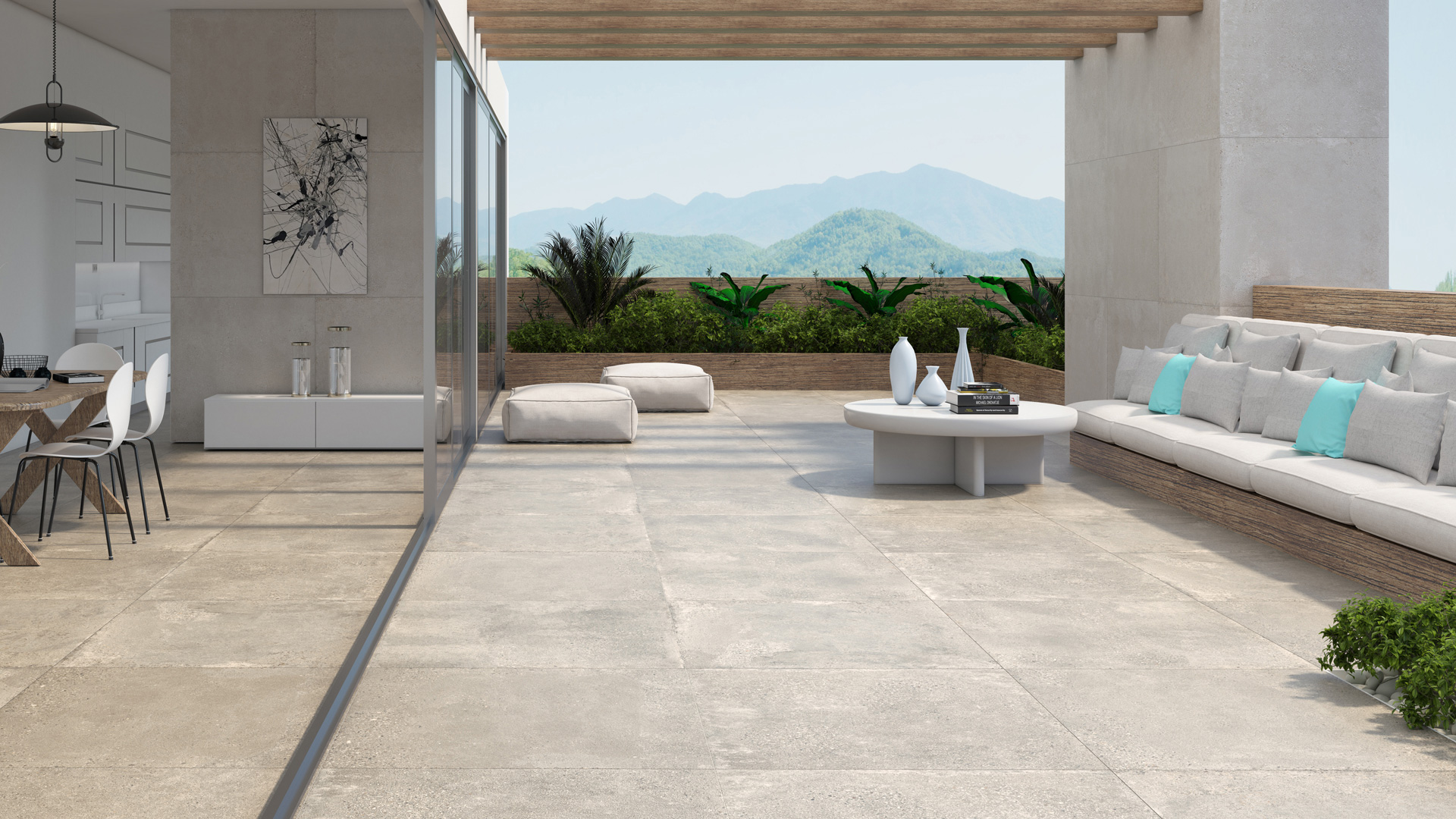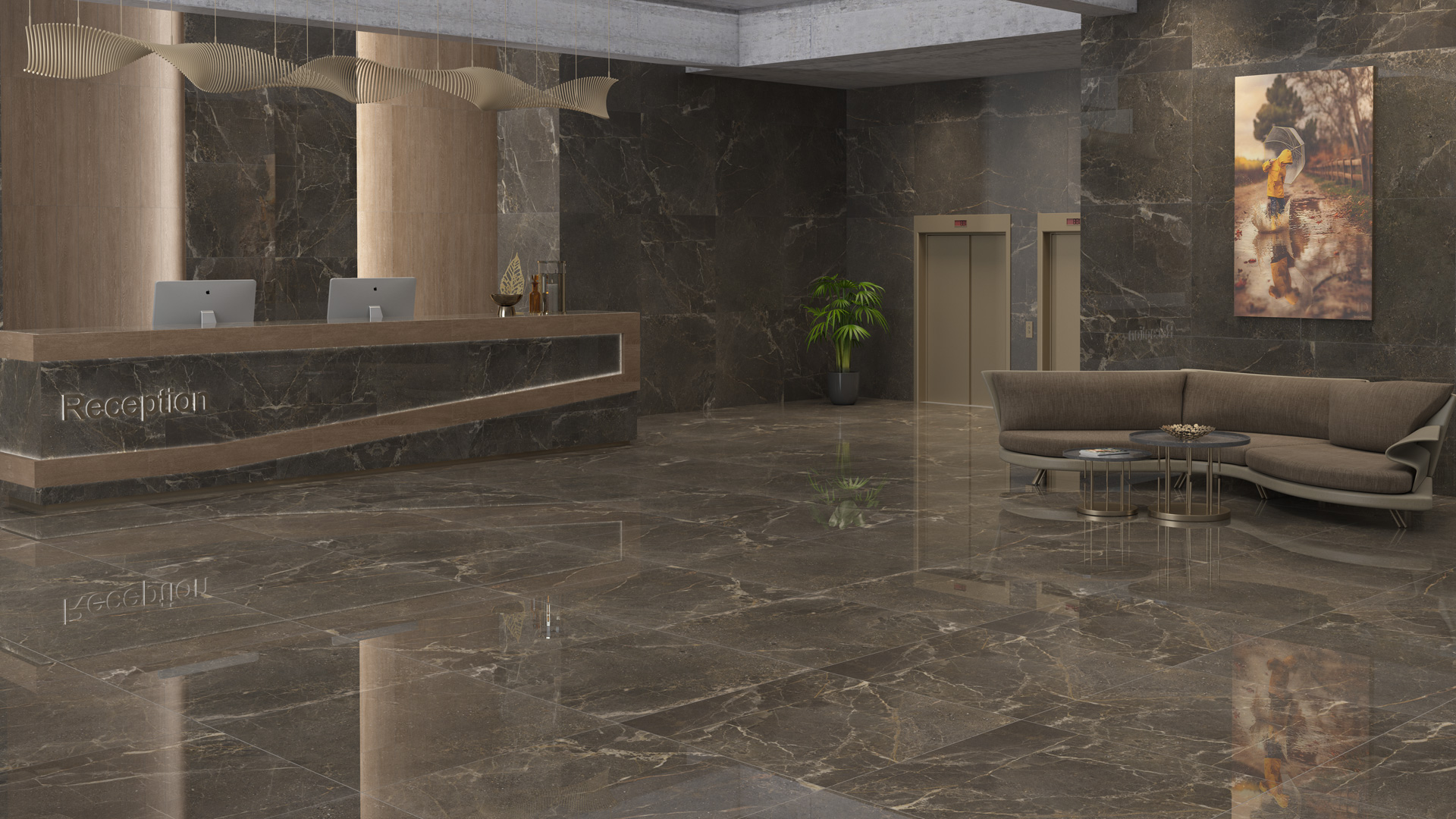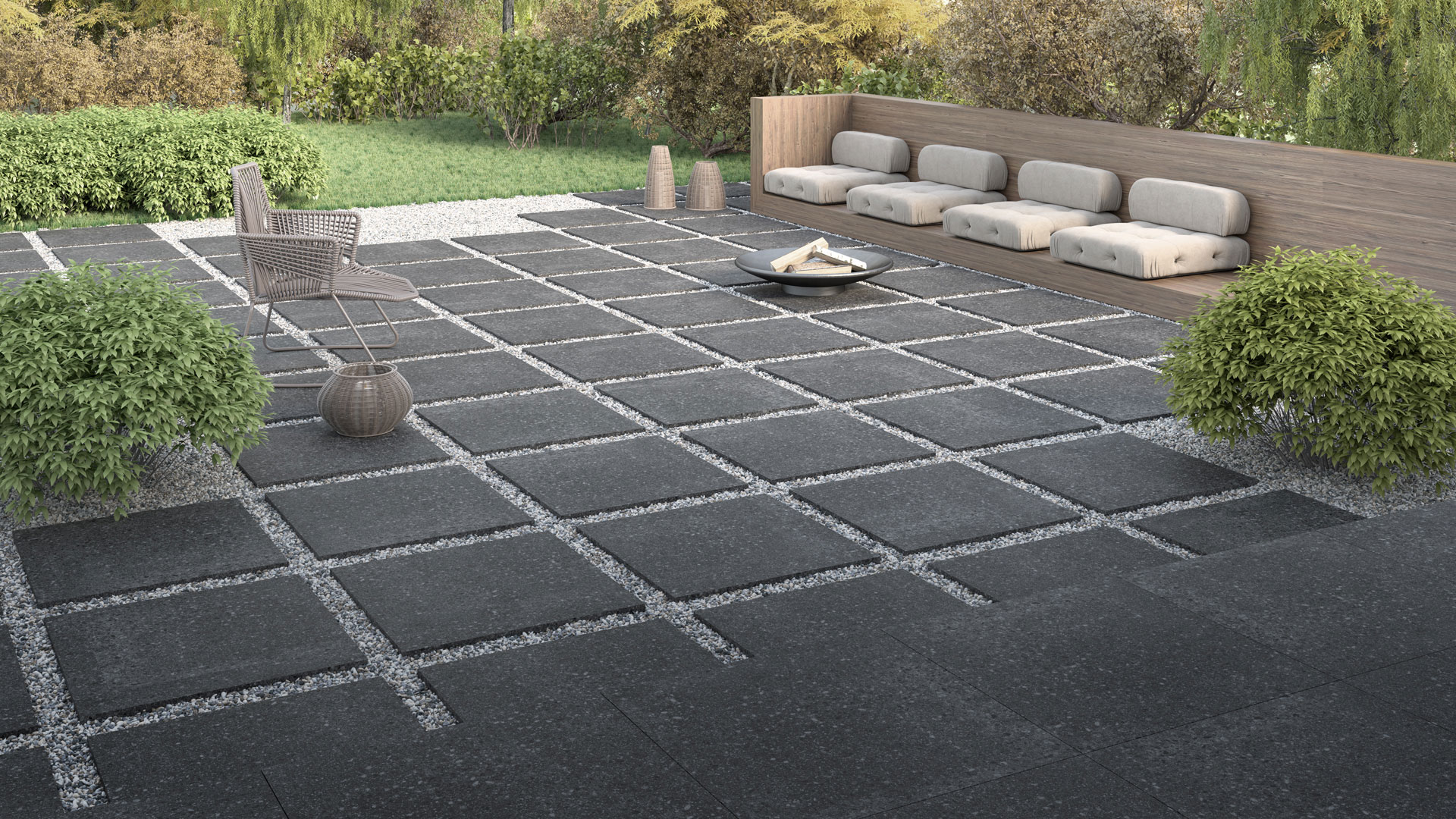In most cases, porcelain tiles exhibit a phenomenon called “delayed warping”, which involves a change in the warping of the tile after leaving the kiln over time. This phenomenon becomes problematic with increasing tile size. Factors that affect latency can be divided into two types of direct and indirect factors. Direct factors include body expansion and release of residual stress.
The process of expanding the porcelain tile body begins as soon as the tile leaves the kiln. At first, the expansion is very fast and after 96 hours it reaches a constant value of about 0.18%, although the result depends on the composition of the material used and the maximum temperature of the furnace. The expansion of the red body tile body is usually twice that of porcelain tiles, ie 0.35%. If there is a difference between the expansion of the top and bottom of the tile, for example a 0.1% difference in the expansion of the 410 x 410 mm tile can cause a delay of about 0.3 mm. Even if the overall expansion of both surfaces is the same, differences in expansion kinetics can cause changes in the direction of the tile warping.
Another direct factor that affects the warp of the tile is the presence of residual stresses in the tile, which can be due to two reasons:
1 – Stresses due to rapid cooling of the tile in the furnace, which causes thermal gradients in the part.
2 – The stresses produced by the glazed body will be. Because the body is thicker than glaze and the modulus of elasticity of the body is relatively high.
There needs to be a mechanism to release these stresses, which is known as the creep phenomenon.
Among the factors that indirectly affect the delayed swing are:
1 – Materials (spray dryer powder, particle size, mineralogy, glaze and chemical compounds)
2 – Process (kiln cycle and highest furnace temperature) which leads to changes in the tile (microstructure, the presence of different phases, modulus of elasticity, temperature expansion, environmental conditions, humidity and temperature).
Expansion of ceramic bodies due to moisture is a known feature. Moisture expansion of ceramic bodies is due to the physical and chemical adsorption of water molecules in the free capacities in the hydrated phases inside the products taken out of the furnace. For this reason, the expansion depends mainly on the porous structure of the part (which determines more or less its access to water) and the nature and amount of phases in the part taken out of the furnace.
These properties are highly influenced by the mineralogical composition, particle size and cooking schedule. Therefore, the higher the melting capacity of the body composition and the higher the cooking temperature and / or cooking cycle, the lower the moisture expansion of these bodies due to reduced porosity and the lower the amount of hydrated phase.
At maximum firing temperatures, porcelain tiles are usually composed of large amounts of liquid phases, quartz and albite remaining, and sometimes mullite. At this temperature, the part is able to release any stress applied to it, because it has the necessary flexibility. During the cooling phase, the residual stresses in the tiles are either due to a mismatch between the body and glaze layers, or due to different shrinkage resulting from the rapid cooling rate of the outer layers relative to the center of the part. .
Therefore, the factors that determine the residual stresses of porcelain tiles are basically the thermal expansion and modulus of elasticity of the body and glaze, their thickness ratio and the cooling rate of the tile. It has been observed that the mismatch of the glaze / glaze / body layers increases the residual stress more than thermal expansion. In addition, the faster the cooling, the higher the temperature gradient inside the tile, leading to different shrinkage rates at the tile cross-section, which creates a stress profile inside the tile, which increases with increasing cooling rate. Finds .
In addition, when the cooling rate on both sides of the tile is not the same (typical position in kiln rollers), the resulting stress profile is not symmetric.





